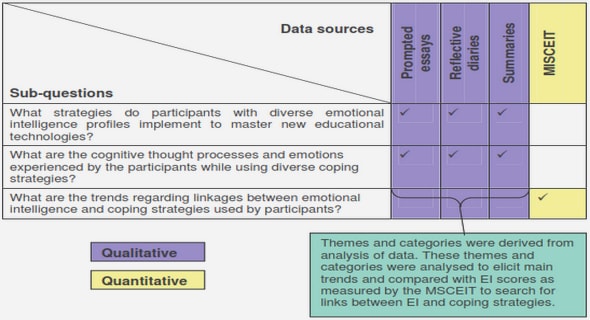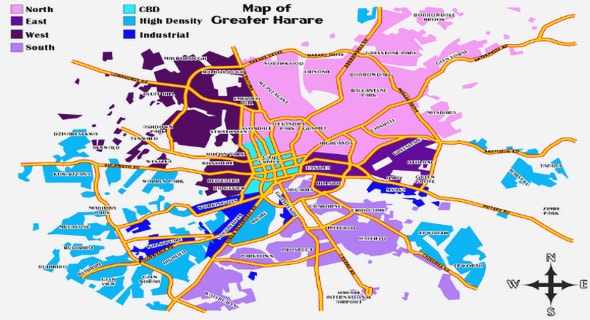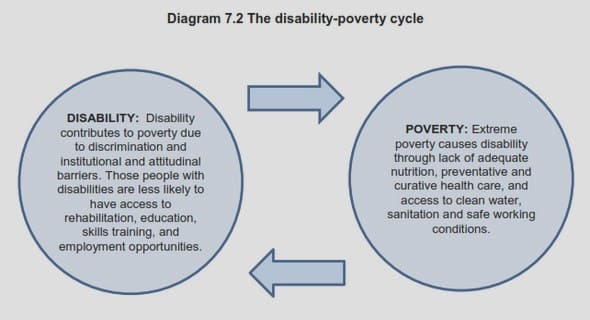Get Complete Project Material File(s) Now! »
Strategies valued in a given compact set (in the case of bounded coefficients)
In this section, we study the case where the strategies are constrained to take their values in a compact set denoted by C (the admissible set will be denoted by C instead of D).
Definition 1.3.1. The set of admissible strategies C is the set of predictable R-valued processes π such that they take their values in a compact set C of R. We assume in this part that:
Assumption 1.3.1. The processes (μt), (σt), (βt) and the compensator (λt) are uniformly bounded. This case cannot be solved by using the dual approach because the set of admissible strategies is not necessarily convex. In this context, we address the problem of characterizing dynamically the value function associated with the exponential utility maximization problem. We give a dynamic extension of the initial problem (1.2.6) (with D = C). For any initial time t ∈ [0, T], we define the value function J(t, ξ) (also denoted by J(t)) by the following random variable J(t, ξ) = ess inf π∈Ct E exp − γ Xt,π T + ξ Gt .
The non constrained case: characterization of the value function by a BSDE
In this section, the coefficients are no longer supposed to be bounded. We now study the value function in the case where the admissible strategies are no longer required to satisfy any constraints (as in the previous section). Since the utility function is the exponential utility function, the set of admissible strategies is not standard in the literature. The next subsection studies the choice of a suitable set of admissible strategies which will allow to dynamize the problem and to characterize the associated value function (and even the dynamic value function).
The set of admissible strategies
Recall that in the case of the power or logarithmic utility functions defined (or restricted) on R+, the admissible strategies are the ones that make the associated wealth positive. Since we consider the exponential utility function U(x) = −exp(−γx) which is finitely valued for all x ∈ R, the wealth process is no longer required to be positive. However, it is natural to consider strategies such that the associated wealth process is uniformly bounded by below (see for example Schachermayer [121]) or even such that any increment of the wealth is bounded by below. More precisely.
The non constrained case: approximation of the value function
In this section, we do not make any assumptions on the coefficients of the model. In the sequel, the value function is shown to be characterized as the limit of a nonincreasing sequence of processes ((Jk t ))k∈N as k tends to +∞, where for each k ∈ N, (Jk t ) corresponds to the value function over the set of admissible strategies bounded by k. Note that in the classical case of bounded coefficients, we will see in the next section that for each k ∈ N, (Jk t ) can be characterized as the solution of a Lipschitz BSDE.
For each k ∈ N, we denote by Akt the set of strategies of At uniformly bounded by k, and we consider the associated value function Jk(t) defined by Jk(t) = ess inf π∈Akt E exp − γ Xt,π T + ξ Gt .
Case of coefficients which satisfy some exponential integrability conditions
In this section, we will study the case of coefficients not necessarily bounded but satisfying some integrability conditions. We will first study the particular case of strategies valued in a convex-compact set. Then, we will see that the approximation result of the value function in the non constrained case (Theorem 1.5.1) can be specified.
Case of strategies valued in a convex-compact set
We suppose that the set of admissible strategies is given by C (see Section 1.3) where C is a convex-compact (not only compact) set. Here, it simply corresponds to a closed interval of R because we are in the one dimensional case. However, the following results clearly still hold in the multidimensional case (see Section 1.9). Let (J(t)) be the associated dynamic value function with Ct defined as in Section 1.3 (see (1.3.1)). Using some classical results of convex analysis (see for example Ekeland and Temam [52]), we easily state the following existence property.
Table of contents :
INTRODUCTION GÉNÉRALE
0.1 Maximisation d’utilité dans un modèle avec défauts
0.1.1 Maximisation de la fonction d’utilité exponentielle et prix d’indifférence dans un marché avec défaut
0.1.2 Optimisation de portefeuille dans un marché avec défaut sous information totale/partielle
0.2 Grossissement progressif de filtrations et EDSR à sauts
0.3 Modélisation du spread bid-ask
I MAXIMIZATION OF UTILITY IN AN INCOMPLETE MARKET WITH DEFAULTS AND TOTAL/PARTIAL INFORMATION
1 Exponential utility maximization
1.1 Introduction
1.2 The market model
1.3 Strategies valued in a compact set
1.4 The non constrained case
1.4.1 The set of admissible strategies
1.4.2 Characterization of the dynamic value function as the maximal subsolution of a BSDE
1.5 Approximation of the value function
1.6 Case of bounded coefficients
1.7 Coefficients satisfying some integrability conditions
1.7.1 Case of strategies valued in a convex-compact set
1.7.2 The non constrained case
1.8 Indifference pricing
1.9 Generalizations
1.9.1 Several default times and several stocks
1.9.2 Poisson jumps
1.10 Appendix
1.10.1 Essential supremum
1.10.2 A classical lemma of analysis
1.10.3 Proof of the closedness by binding of A′
1.10.4 Proof of the existence of a càd-làg modification of (Jt)
1.10.5 Proof of equality (1.5.2)
1.10.6 Proof of optimality criterion (Proposition 1.7.2)
1.10.7 Characterization of the value function as the maximum solution of BSDE (1.3.3)
2 Optimization under Full/Partial Information
2.1 Introduction
2.2 The model
2.3 Logarithmic utility function
2.4 Power utility
2.4.1 Optimization over bounded strategies
2.4.2 General case
2.4.3 Several default times and several assets
2.5 The partial information case
2.5.1 Filtering
2.5.2 Optimization problem for the logarithmic and power utility functions
2.5.3 Optimization problem for the exponential utility function and indifference pricing
2.6 Appendix
2.6.1 Proof of Propositions 2.4.2 and 2.4.3
2.6.2 Proof of Theorem 2.4.1
2.6.3 Proof of Theorem 2.4.2
2.6.4 Proof of Lemma 2.5.3
II PROGRESSIVE ENLARGEMENT OF FILTRATIONS AND BACKWARD STOCHASTIC DIFFERENTIAL EQUATIONS
3 BSDEs with jumps
3.1 Introduction
3.2 Progressive enlargement of filtrations
3.3 Decomposition of BSDEs with jumps
3.3.1 Existence of a solution
3.3.2 Application to the pricing of a European option in a complete market with default
3.3.3 Uniqueness
3.4 Decomposition of Feynman-Kac formula for IPDE
3.5 Utility maximization in a jump market model
III BID-ASK SPREAD MODELING
4 Bid-Ask spread modeling
4.1 Introduction
4.2 The model
4.2.1 Theoretical analysis of path sensitivity and approximation
4.2.2 Bid-Ask model
4.3 Optimal liquidation portfolio problem
4.3.1 The economic motivations and the objective functions
4.3.2 Theoretical solution of the optimization problem
4.3.3 Log-Normal and Constant Elasticity of Variance Diffusions
4.4 Numerical results
4.4.1 Black-Scholes case
4.4.2 CEV case
4.4.3 Comparison on scenarios
4.5 Appendix
4.5.1 Proofs of Lemmas 4.2.1 and 4.2.2
Bibliography


